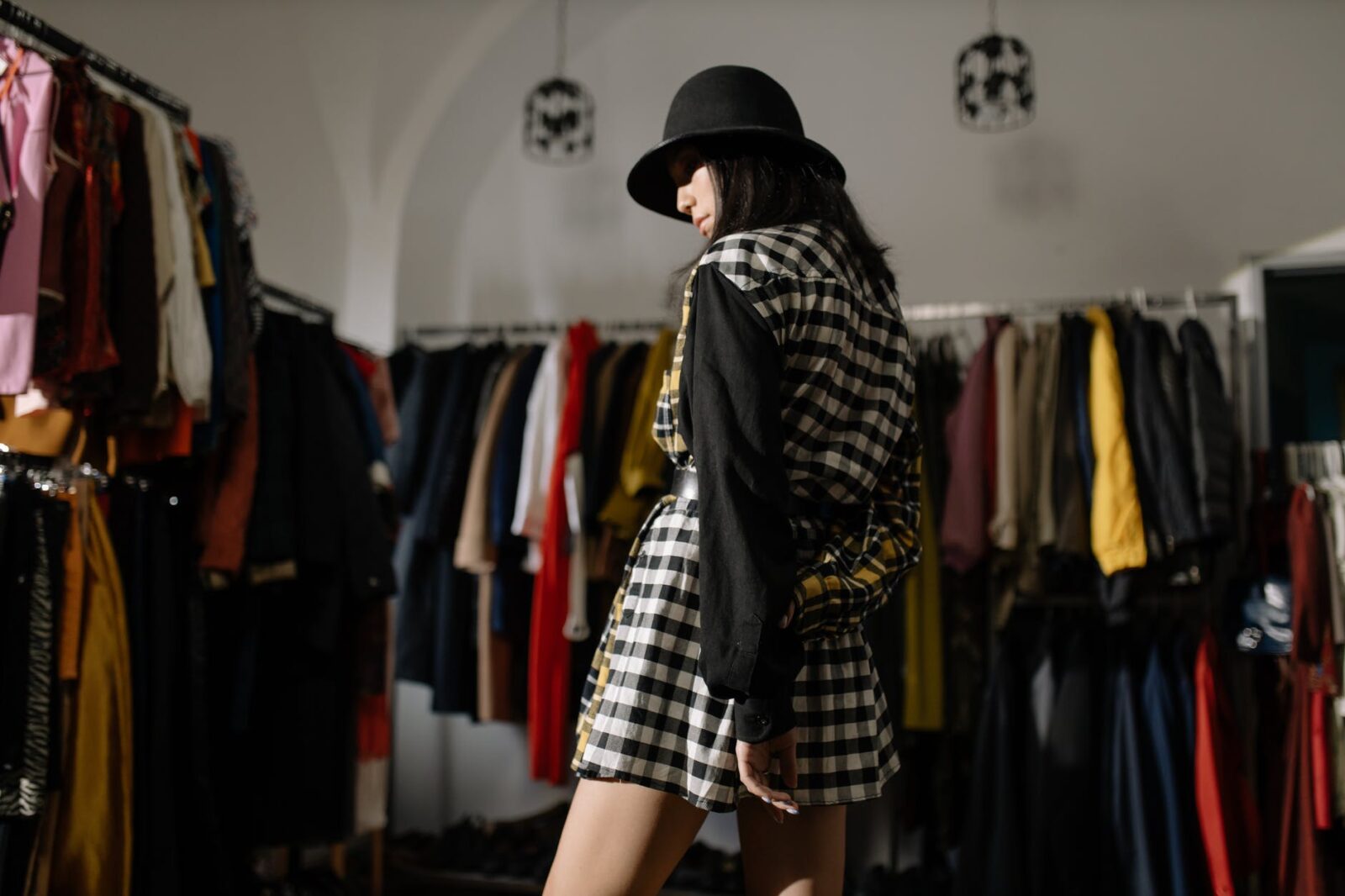Exploiting Vintage | Second-Hand Shopping with First Class Prices

Sue Dhillon is an Indian American writer, journalist, and trainer.
Over the past few years, second-hand shopping has risen in popularity. Whether it’s through traipsing through the racks at your local charity shop or browsing online, many people are choosing preloved over new love apparel. The rise of second-hand shopping can be attributed to the consumers changing shopping habits as they become climate conscious, weary of spending money on fast fashion trends and brands.
But as its popularity grows it seems the prices are too. With inflation a key factor to blame, the times where a top would only cost 50 pounds now seems to be a distant memory. As vintage apparel becomes more and more prized, the prices are going up. Where preloved items now cost as much as new, will this be a driving force to push away consumers, or will they put their virtues over their vices?
I GOT MYSELF A STEAL!
Currently on holiday in the small town of Lemgo, Germany, my recent shopping trip begins at the mainstream, not so climate conscious H&M, where I buy two items which I found in the sale, bonus! I then sceptically move onto a second-hand store, located on the outskirts of town. Lemgo’s not exactly a fashion forward town, but my senses where tingling in the hope of finding myself some 1980’s East German clothes. My vision was 2017’s Atomic Blonde.
I think a lot of people hesitate to shop at second-hand stores or charity shops, seeing it as a home for the clothes of the dead. But whilst that may be partially true, the clothes tell a story – longer than ‘made in Taiwan’. As I traipse through the narrow rails our eyes lock. The coat is leather, has fur, and is a size 38 – a perfect fit. It is too good not to try on. It wasn’t the 80’s vibe I was looking for, oozing more of a 1970’s lowkey pimp, but none the less I fell in love.
To cut the story short, I bought a vintage, high-quality, leather jacket for 25 Euros. What stood out to me as I left the shop was how I took more joy from my second-hand purchase than my H&M purchase. I also thought, if I’d bought it in the UK, it would easily be triple or more the price. And it made me think, are people/stores abusing the label of vintage? And what is the cost of vintage?

EXPLOITING VINTAGE – WHERE IS THE SECOND HAND APPAREL INDUSTRY GOING?
Technology has helped second-hand retail to dominate online shopping. With various platforms to sell preloved vintage, high-street and luxury apparel, it’s a growing market within the fashion industry. As the U.S second-hand fashion market is expected to value $80 billion by 2029, people are recognising the value of vintage clothes. This allows sellers to increase their prices. But doesn’t it become ridiculous when the item costs more than the time it’s been around?
I accept the high prices on vintage/second-hand clothing when it’s in good quality and has a designer tag, but I feel like I’m being ripped off by the UK online vintage retail world. It’s becoming a common boast to say a branded sweatshirt is vintage, holding more value than a brand-new item – thus ‘justifying’ the ridiculous price that now accompanies retro clothing. Companies are taking advantage of the changing behaviours of consumers as they try to be more environmentally conscious about their apparel consumption.
WHAT THE SECOND-HAND APPAREL INDUSTRY NEEDS
As popularity grows for vintage clothing, retailers must meet their consumers’ requirements. Interestingly, there seems to be an endless amount of vintage clothing all resembling each other. I think for some sites which sell vintage clothing, there needs to be transparency in whether it is authentic vintage or not, as consumers may be paying first class prices for inauthentic vintage garments. Such transparency has been achieved by sites such as Farfetch, who certify vintage designer pieces – justifying the prices.
Second-hand shopping is a great way to live a sustainable lifestyle, but how do we know that these large retailers for vintage clothes aren’t only green washing us but are exploiting the vintage title to charge more. (We’re big on going green and recycling your old garments. Check out our post on why we think you should and can be more green.)
Whilst many think second-hand shopping is environmentally friendly, the hidden negative environmental effects are severe as clothing is transported around the globe, producing emissions fuels. In addition, second-hand stores face issues of clothing being dumped with them alongside the fact that our consuming ways over the years have caught up, generating an immense amount of donated clothes with nowhere to go.
The general second-hand market needs guidelines because without, this once sustainable shopping method will be as negatively impactful as the apparel industry.
This article was written by contributing writer Malin Jones.
To check out Malin Jones’ bio click here.
Some of her other stories –
The Pfizer Boob Job | Is It A Myth?
The Race To Tour Space | Going Where Others Have Gone Before


